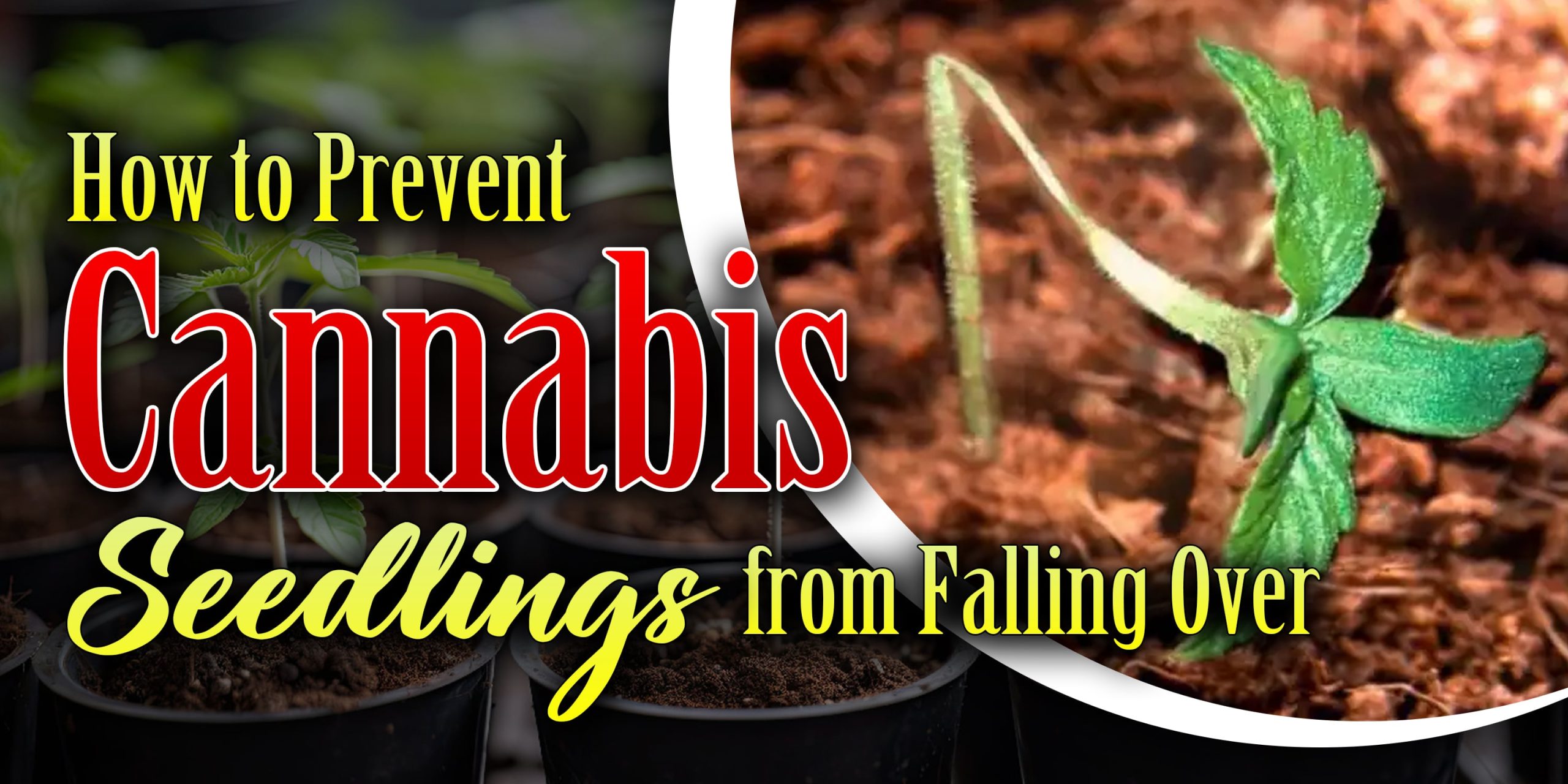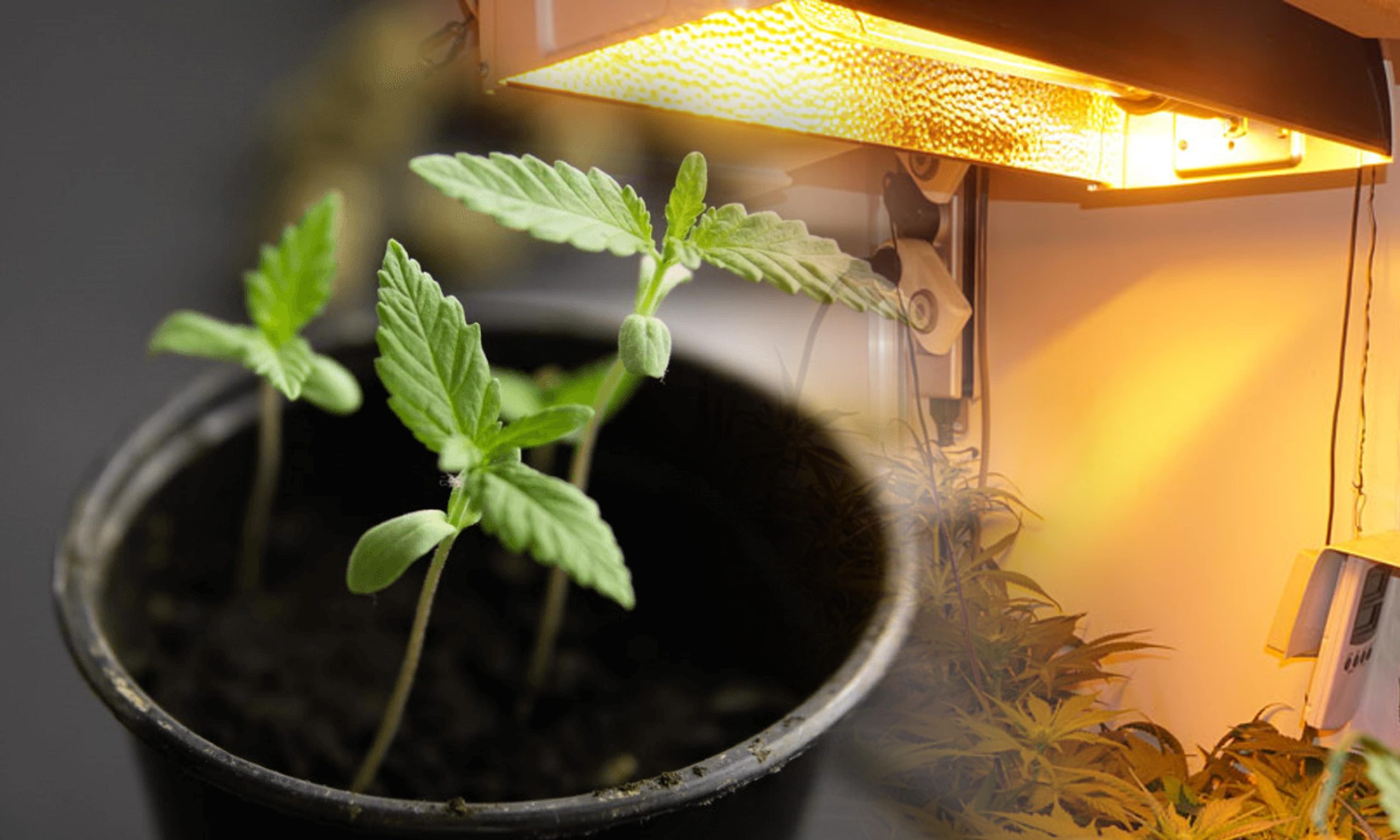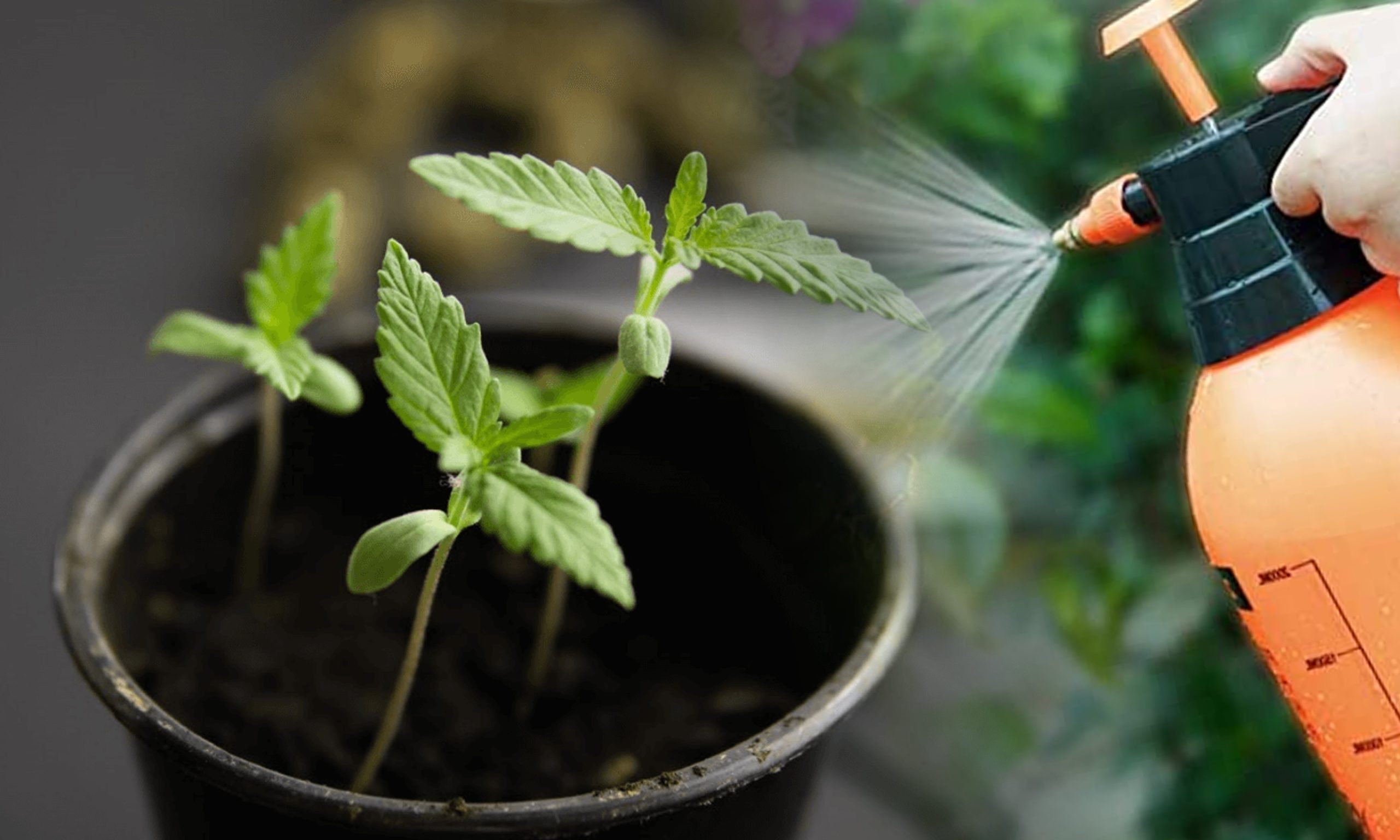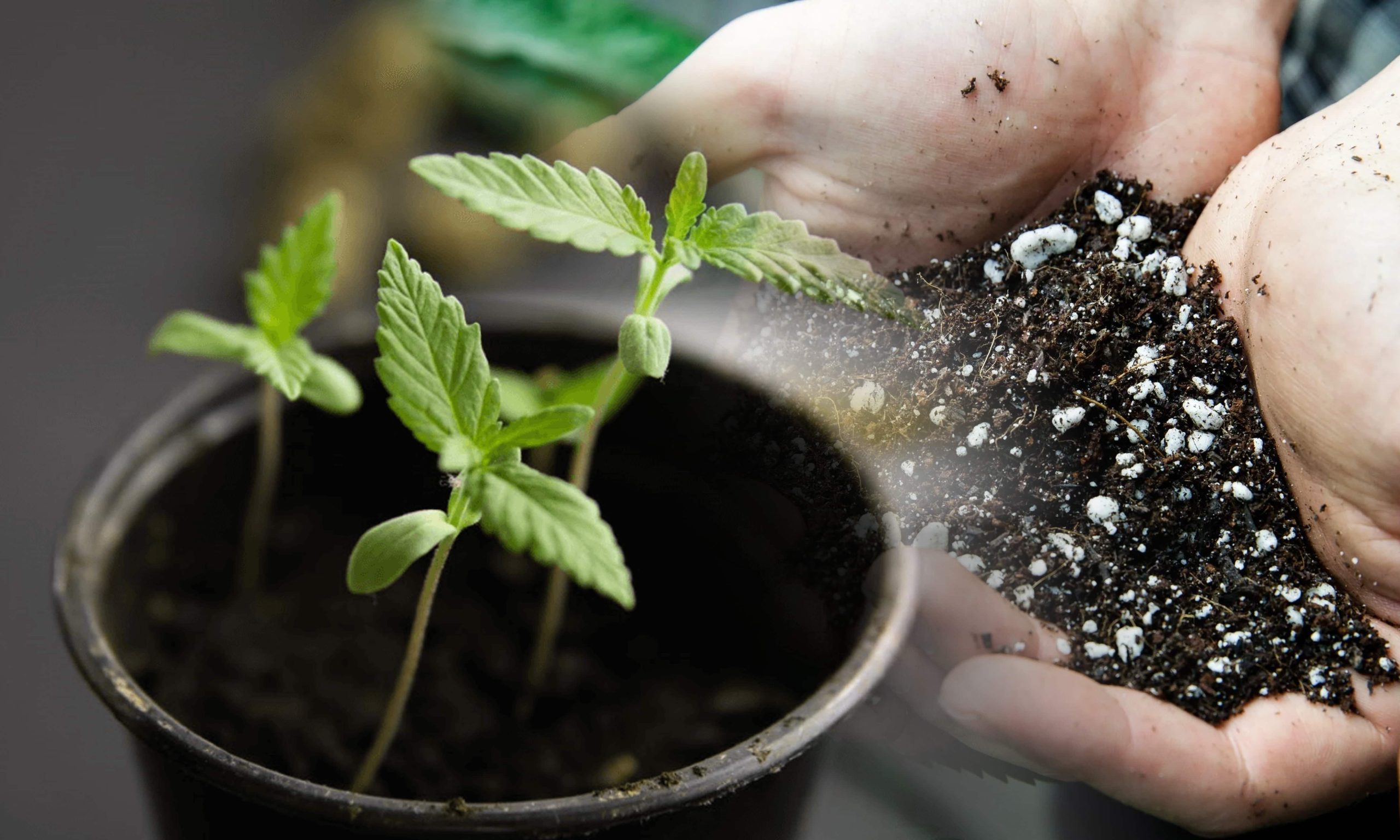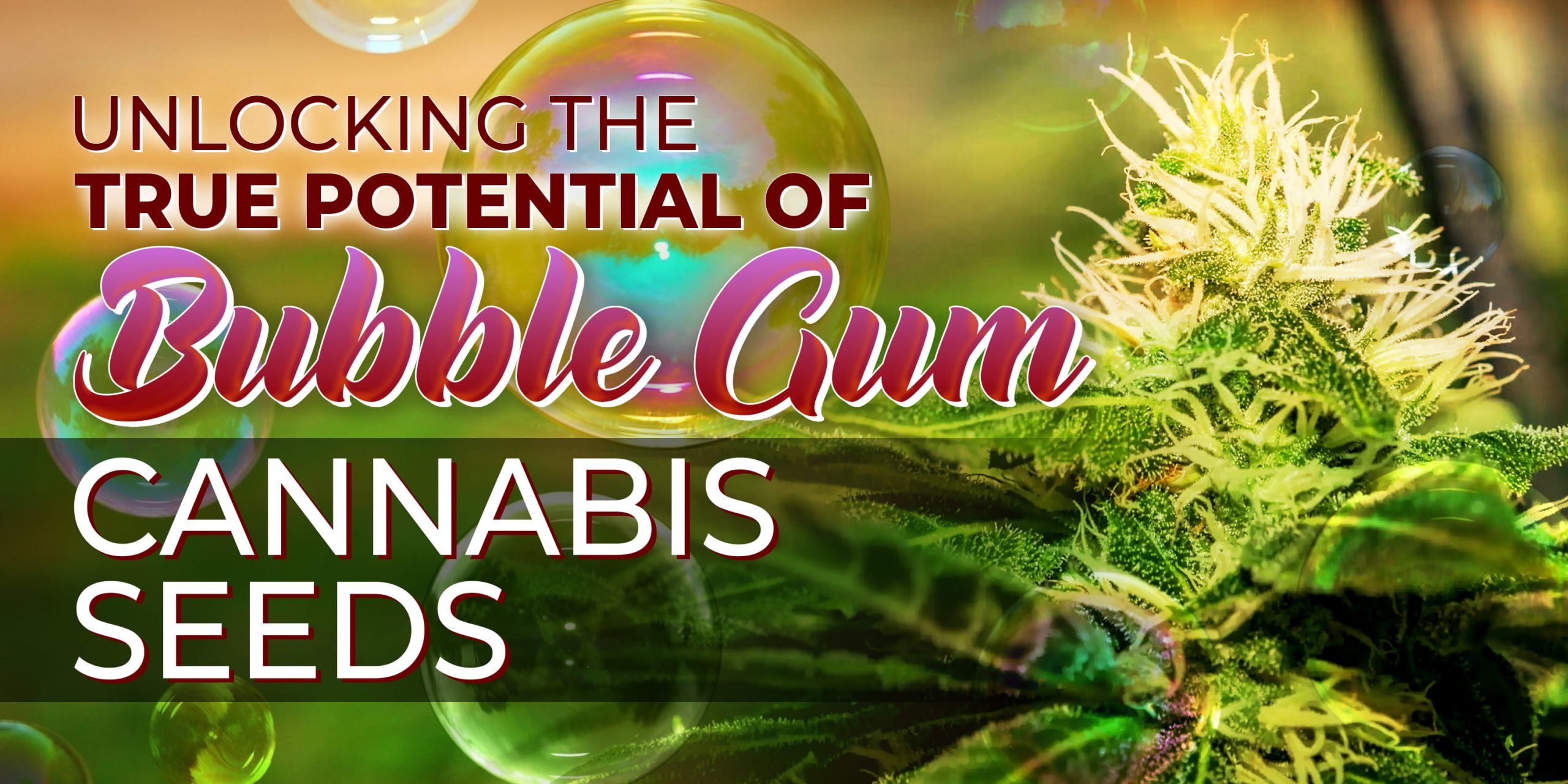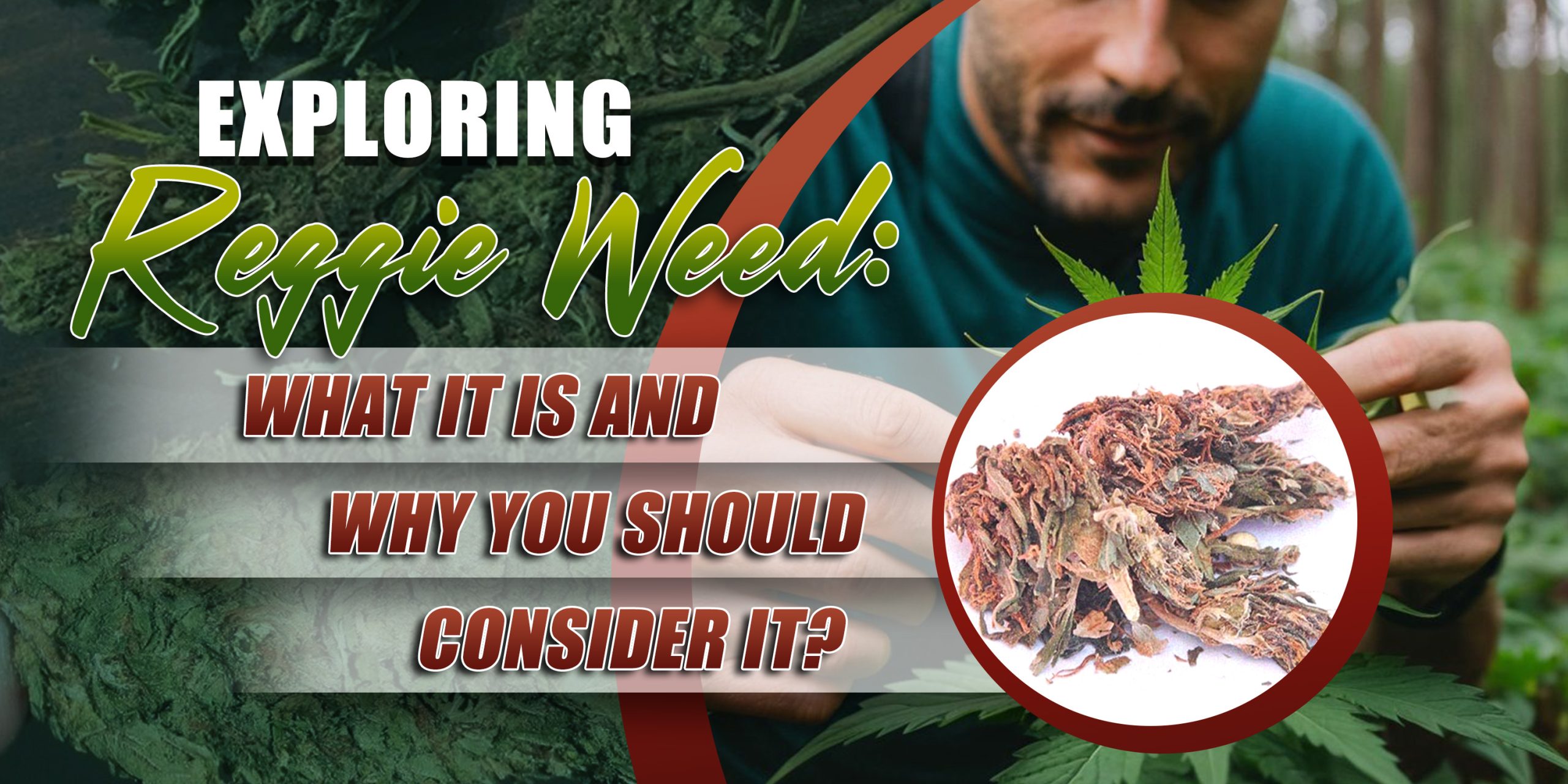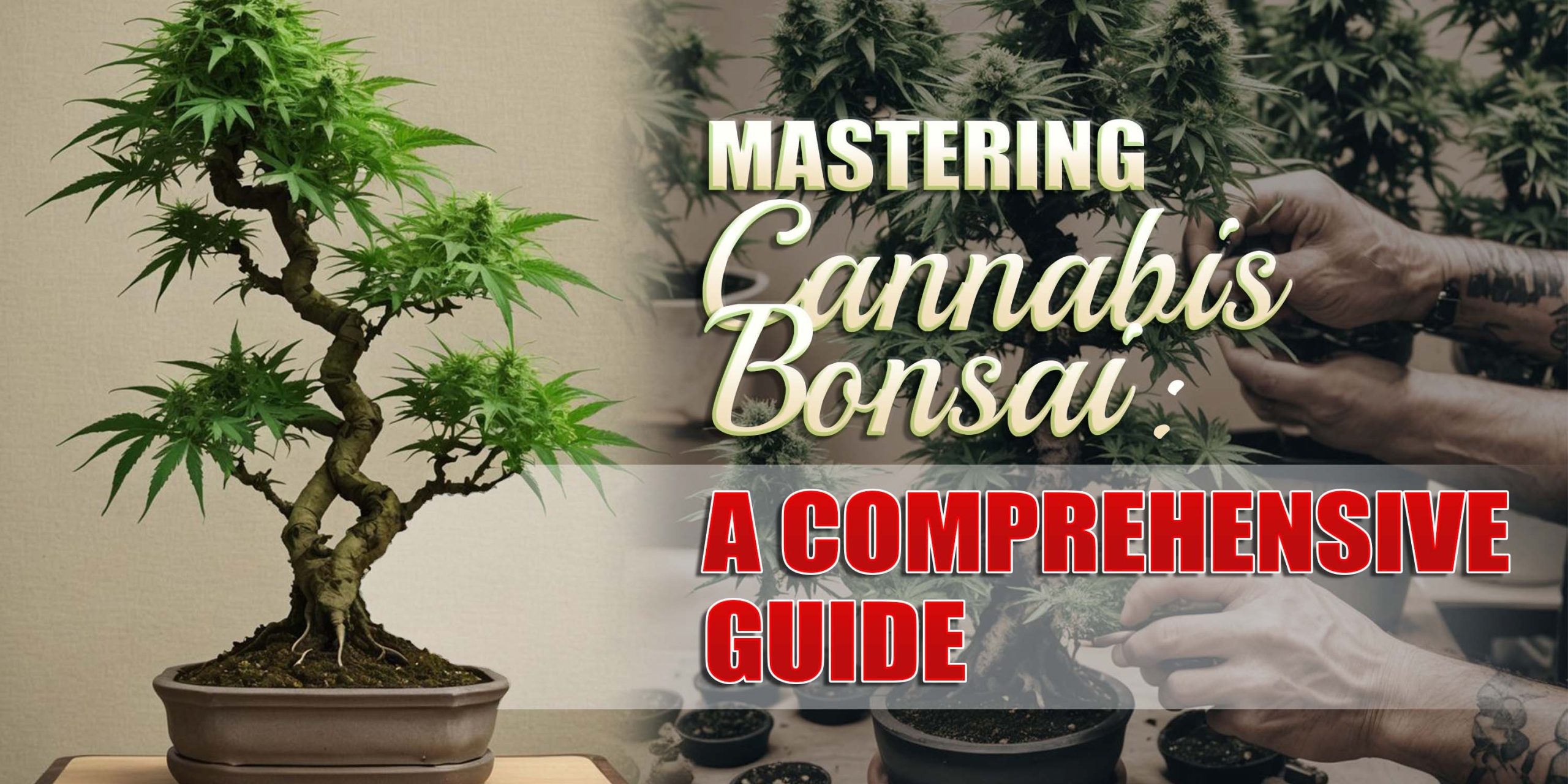Nurturing young plants to become strong and healthy is a fulfilling task. However, it can be quite disheartening for experienced gardeners when their seedlings start to lean or fall over.
We’ll explore all the different reasons why cannabis seedlings falling over and share some simple solutions to keep your plants healthy and thriving.
Why are my seedlings falling over? Understanding the Causes
Insufficient Light
Light is the lifeblood of plants, driving photosynthesis and promoting healthy growth. Insufficient light exposure can trigger a phenomenon known as etiolation, wherein seedlings elongate in a desperate quest for light. This results in weak stems unable to support the weight of the plant. Factors such as inadequate natural sunlight, improper placement of grow lights, or prolonged shading from neighboring plants can all contribute to this issue.
Improper Watering
Watering practices play a crucial role in the overall health of seedlings. Overwatering leads to waterlogged soil, depriving roots of essential oxygen and promoting root rot. Consequently, weakened roots are unable to anchor the seedlings firmly in the soil, making them prone to toppling over. Conversely, underwatering can result in dehydration and wilting, further weakening the structural integrity of the seedlings.
Poor Soil Conditions
The foundation of healthy plant growth lies in the soil. Seedlings grown in nutrient-deficient or compacted soil struggle to develop robust root systems, leaving them susceptible to toppling over. Compacted soil restricts root penetration and inhibits the uptake of water and nutrients, while nutrient-deficient soil fails to provide the essential elements necessary for sturdy plant development.
Solutions to Prevent Cannabis Seedlings from Falling Over
Provide Ample Light
To combat the effects of insufficient light, strategic placement of cannabis seedlings fell over is crucial. Position them in areas with access to abundant natural sunlight, preferably facing south or west to maximize exposure. Alternatively, supplement natural light with artificial grow lights, ensuring they are positioned approximately 6 inches above the seedlings to prevent elongation.
Proper Watering Techniques
Mastering the art of watering requires a delicate balance between hydration and drainage. Water seedlings thoroughly, allowing excess water to drain freely from the bottom of the container. Avoid waterlogging by ensuring proper drainage holes and allowing the soil to dry out slightly between watering sessions. Utilize a moisture meter to gauge soil moisture levels accurately, adjusting watering frequency accordingly.
Use High-Quality Soil
Investing in premium-quality potting soil or seed-starting mix is paramount for the success of seedlings. Opt for well-draining soil blends enriched with organic matter, such as compost or perlite, to promote healthy root development. Conduct a soil test to assess nutrient levels and pH balance, amending as necessary to create an optimal growing environment for your seedlings.
Provide Support
Supporting seedlings during their delicate growth stages is essential for preventing toppling over. Gently stake seedlings using bamboo skewers or small plant stakes, being careful not to damage the fragile stems. Adjust the supports as the seedlings grow to accommodate their increasing height, ensuring they remain upright and well-supported throughout their development.
Maintain Proper Air Circulation
Optimal air circulation is vital for strengthening seedlings and preventing them from becoming leggy and unstable. Space seedlings adequately to allow for airflow between plants, reducing the risk of fungal diseases and promoting sturdy growth. Incorporate a gentle fan into your indoor growing setup to simulate outdoor breezes, strengthening stems and enhancing overall plant resilience.
Conclusion
The journey of nurturing seedlings into thriving plants requires a nuanced understanding of their unique needs and challenges. By addressing the underlying causes of seedlings falling over and implementing proactive solutions, growers can cultivate healthy, resilient plants capable of withstanding the rigors of their environment. Remember, a little care and attention go a long way in ensuring the success and satisfaction of your gardening endeavors.
FAQs
1. Why is it important to monitor pH levels when growing cannabis?
Monitoring pH levels is crucial because it directly affects nutrient uptake by the plant roots. Deviations from the optimal pH range can lead to nutrient deficiencies or toxicities, hindering plant growth and stability.
2. How can I prevent overwatering my cannabis plants?
Overwatering can lead to root rot and destabilize the plant. To prevent this, allow the soil to dry out slightly between waterings and ensure proper drainage in the growing containers. Additionally, using a moisture meter can help gauge soil moisture levels accurately.
3. What role do nutrients play in promoting plant stability?
Nutrients are essential for overall plant health and stability. Balanced nutrient levels ensure proper growth and development, strengthening the plant’s structure and reducing the risk of deficiencies that can compromise stability.
4. Can environmental stressors affect plant stability?
Yes, environmental stressors such as high temperatures, humidity fluctuations, and pest infestations can weaken plant structure and stability. It’s crucial to mitigate these stressors through proper climate control, pest management, and preventive measures.
5. How can I identify and address nutrient deficiencies in cannabis plants?
Nutrient deficiencies manifest through specific symptoms such as yellowing leaves, stunted growth, or leaf discoloration. Conducting regular visual inspections and soil tests can help diagnose deficiencies. Addressing deficiencies promptly with targeted nutrient supplementation can restore plant health and stability.





